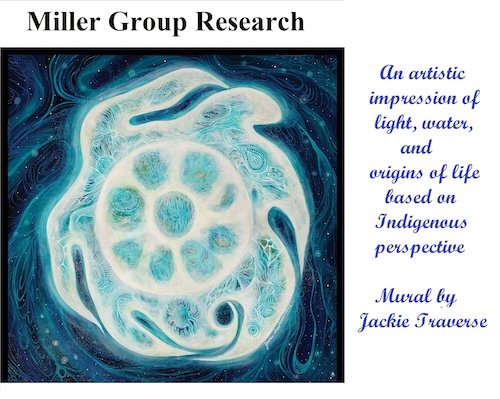- authors
- Azim S, Bultema LA, de Kock MB, Osorio-Blanco ER, Calderón M, Gonschior J, Leimkohl JP, Tellkamp F, Bücker R, Schulz EC, Keskin S, de Jonge N, Kassier GH, Miller RJD
- date published
- Feb. 1, 2021
- journal
- Microscopy and Microanalysis.
- volume, number
- 27 (1)
- pages
- 44-53
- doi
- 10.1017/S1431927620024654
- abstract
Liquid-phase transmission electron microscopy is a technique for simultaneous imaging of the structure and dynamics of specimens in a liquid environment. The conventional sample geometry consists of a liquid layer tightly sandwiched between two Si3N4 windows with a nominal spacing on the order of 0.5 μm. We describe a variation of the conventional approach, wherein the Si3N4 windows are separated by a 10-μm-thick spacer, thus providing room for gas flow inside the liquid specimen enclosure. Adjusting the pressure and flow speed of humid air inside this environmental liquid cell (ELC) creates a stable liquid layer of controllable thickness on the bottom window, thus facilitating high-resolution observations of low mass-thickness contrast objects at low electron doses. We demonstrate controllable liquid thicknesses in the range 160 ± 34 to 340 ± 71 nm resulting in corresponding edge resolutions of 0.8 ± 0.06 to 1.7 ± 0.8 nm as measured for immersed gold nanoparticles. Liquid layer thickness 40 ± 8 nm allowed imaging of low-contrast polystyrene particles. Hydration effects in the ELC have been studied using poly-N-isopropylacrylamide nanogels with a silica core. Therefore, ELC can be a suitable tool for in situ investigations of liquid specimens.
